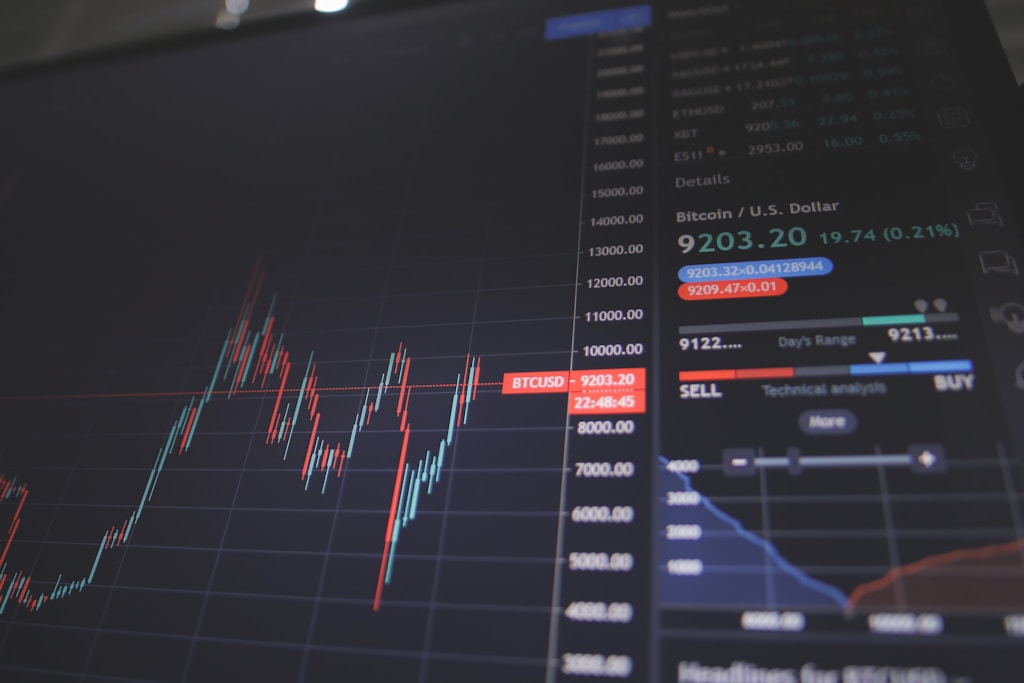XRP has plunged below the crucial $2 mark for the first time since early February, as broader crypto market turmoil and recession fears continue to drive prices lower. Despite showing relative strength compared to other altcoins, XRP now faces a critical test of support that could determine its short-term trajectory.
Market Overview
Currently trading at $2.13, XRP briefly touched $1.89 during the recent selloff before staging a modest recovery. Technical analysts, including prominent trader BigCheds, warn that a sustained break below the $1.90-$2.00 support zone could trigger accelerated selling pressure.
Key Price Levels to Watch
- Critical Support: $1.90-$2.00
- Key Resistance: $2.30-$2.50
- Secondary Support: $1.60
- Current Price: $2.13
Macro Factors Driving the Decline
The broader cryptocurrency market has been rattled by deteriorating macroeconomic conditions, with Trump’s recent recession warnings and escalating global trade tensions creating a risk-off environment. The U.S. stock market’s plunge to September 2024 lows has amplified selling pressure across digital assets.
Technical Analysis
The daily chart shows XRP flirting with a range breakdown that could have significant implications. A failure to hold above $2 could expose the next major demand zone around $1.60. Conversely, bulls need to reclaim $2.30-$2.50 to restore confidence in the uptrend.
Expert Perspectives
“The next 48-72 hours are crucial for XRP,” says crypto analyst Sarah Chen. “While the asset has shown resilience compared to peers, the loss of $2 support could trigger a cascade of selling.”
Market Implications
The current price action suggests increasing uncertainty among traders. Volume profiles indicate declining buy-side pressure, while exchange outflows have slowed considerably. These metrics point to potential further downside unless bulls stage a decisive defense of current levels.
Looking Ahead
Traders should closely monitor the $2 support level and overall market sentiment for clues about XRP’s next major move. A recovery above $2.30 could signal the worst is over, while a breakdown below $1.90 might trigger an extended correction phase.
